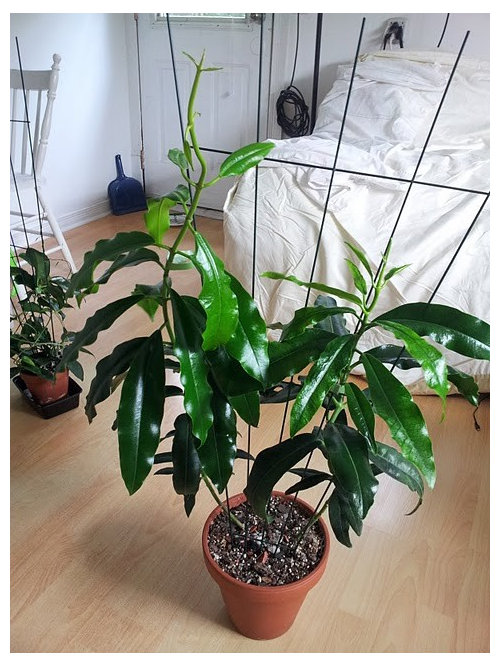Taming the beast (H. imperialis)
binlin
12 years ago
Related Stories

PETSSo You Want to Get a Cat
If you're a cat lover, the joys outweigh any other issue. If you haven't lived with one yet, here are a few things to know
Full Story
Hey guys, you might recall that a while ago I posted this photo, complaining that my H. imperialis was taking up too much space and doing nothing with it.
Well now it's 2 months later, and this thing is going out of control.
Does anyone have any advice on how to train it around the trellis? The stems are fairly thick and I don't want to break them, or cause die-back by pinning them.


quinnfyre
puglvr1
Related Professionals
Norfolk Landscape Architects & Landscape Designers · Birmingham Landscape Architects & Landscape Designers · Suffern Landscape Architects & Landscape Designers · Taylorsville Landscape Architects & Landscape Designers · Allentown Landscape Contractors · Brentwood Landscape Contractors · Farmington Landscape Contractors · Fort Mill Landscape Contractors · River Ridge Landscape Contractors · St. Louis Landscape Contractors · Wallingford Landscape Contractors · Crowley Driveway Installation & Maintenance · Albany Driveway Installation & Maintenance · Springfield Driveway Installation & Maintenance · Fort Myers Driveway Installation & MaintenancebinlinOriginal Author
greedygh0st
RainforestGuy
bama_gardener
RainforestGuy
mdahms1979
RainforestGuy